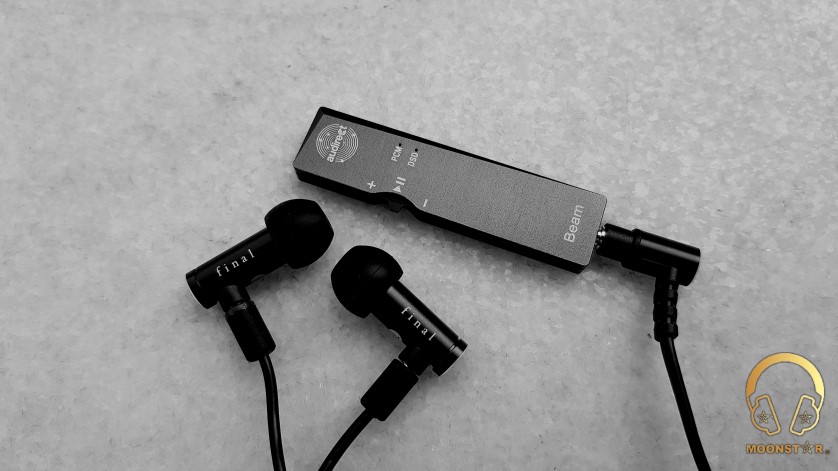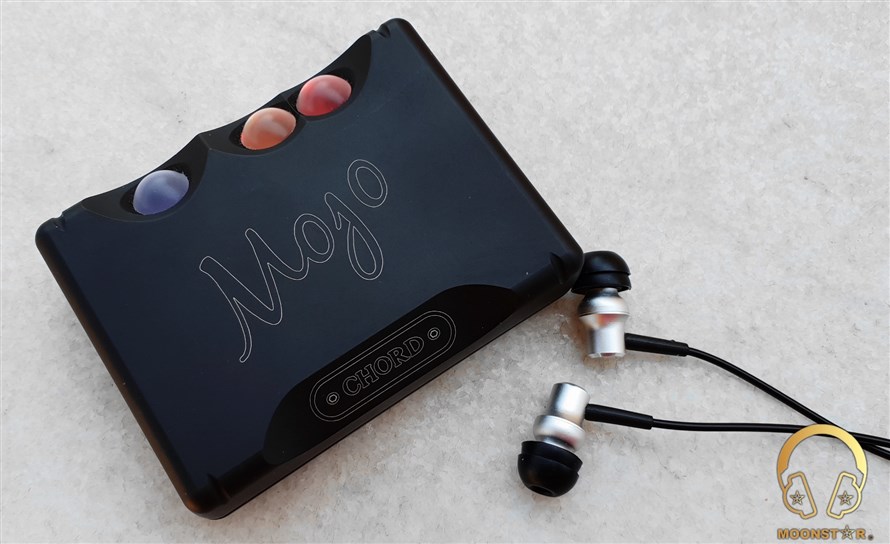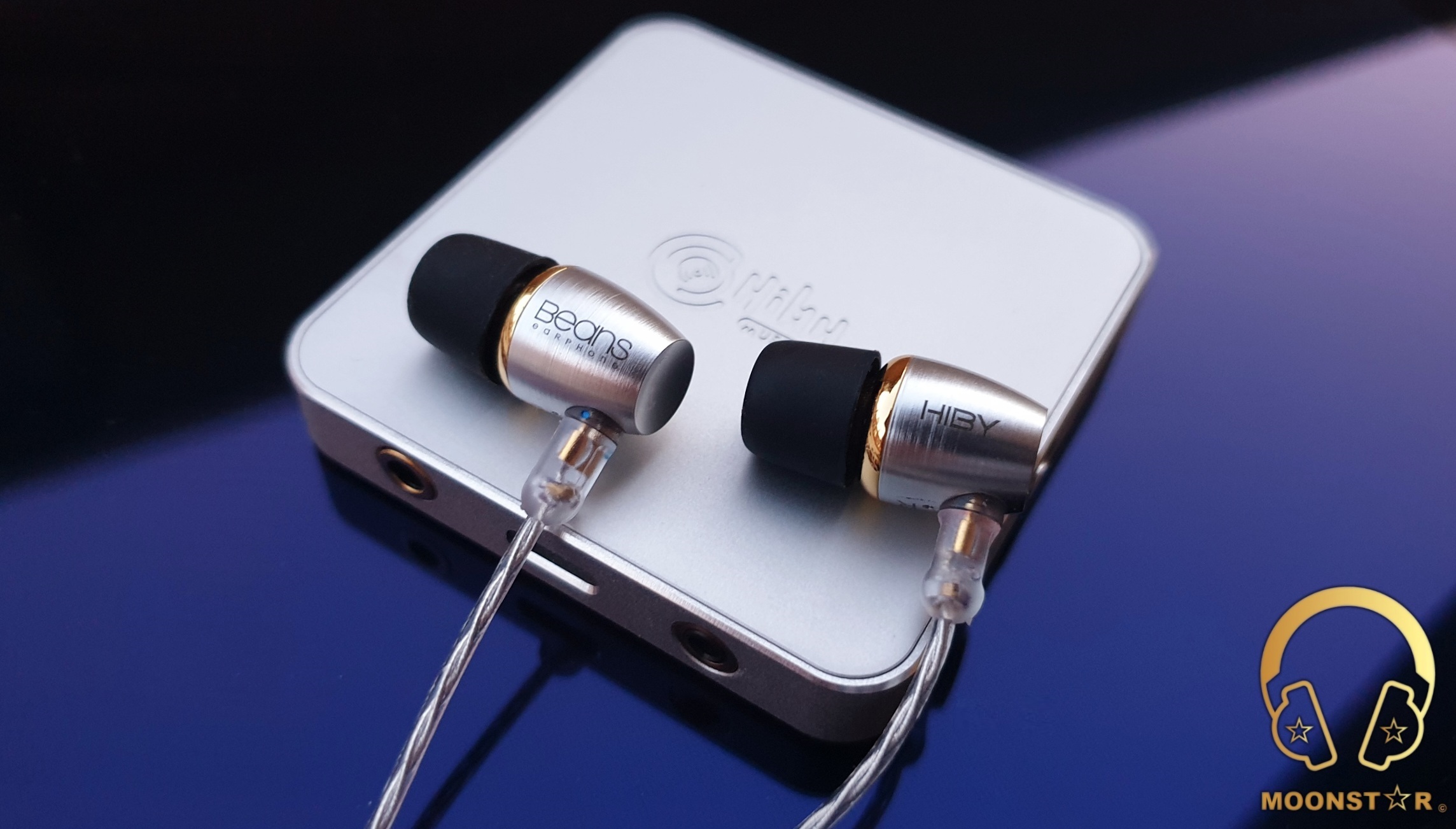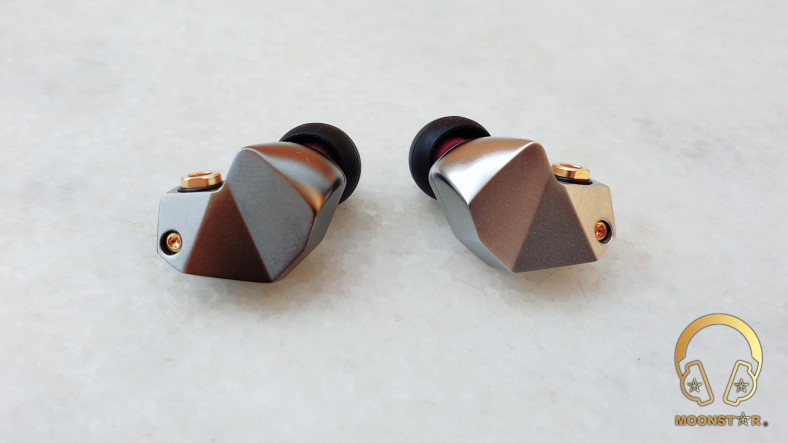Final E5000 & Final E4000 Review

Final E5000 vs Final E4000; The Comparative Review
Introduction:
S’NEXT is a company that sells high-end audio earphones and headphones under its own brand “final” as well as conducting component technology development, product planning, design, planning, manufacturing and sales of other companies’ brands.
The company was established in 2007 in Japan.
The E Series is created to fulfill high-quality sound, simple design, user-friendly for a affordable price.
They are actually 6 models that belong to the E Series. The E2000, E2000C/CS, E3000 and the E3000C which are the entry level models without MMCX connector, the E4000, which is the intermediate model with MMCX connection and the E5000, which is the top of the line.
I will compare the final E5000 with the E4000, which have a quite different sound tuning.

Product Link: http://snext-final.com/en/products/eseries/
Disclaimer:
The final E4000 and E5000 are provided to me by S’NEXT as a review sample. I am not affiliated with S’NEXT or any third person beyond this review and these words reflect my true and unaltered opinions about this products.
The Price:
The final E5000 is sold for $279,00 and the final E4000 for $149,00.
S’NEXT doesn’t sell its products directly, but the list of the dealers for the international market is bellow;
http://snext-final.com/en/dealers/
Package and Accessories:
Both In-Ear Monitors are coming in a identical package. This is a white cardboard box with glossy finish that sports the product visual and model name on the front and technical details on the back.

The accessories included to the package are identical and are listed below:
- 1 pair x of final E5000 or E4000 In-Ear Monitor
- 5 pairs x Silicone Eartips (E type in 5 sizes – SS/S/M/L/LL)
- 1 pair x of Ear hook
- 1 pcs x Karabiner


The Karabiner and silicone ear-hooks/guides that are included to the package are a nice addition.


The package of both IEM’s is including 5 pairs (comes in 5 sizes – SS/S/M/L/LL) E type silicon eartips which are very comfortable to insert in to my ear channels. If you look on the back of each pair, you can see that it differs in colors. The gray indicates left and red is for the right ear pieces.

The carry case that is inclueded in the box of both IEM’s is made of silicon and the cables can be rolled up and stored easily in it. The earphones themselves are gently secured using thin dome-shaped silicon covers.





Design and Build Quality:
Both the final E4000 and E5000 sharing the same design language and have a small tube like shaping. The main difference is the material and color used for the housing. The E4000 is machined from aluminum and has a black painting, while the E5000 is machined from stainless steel that has a mirror finish. The housing of the E4000 and E5000 sports on one side the final branding and on the other side the model information.


The form of both IEM’s is sound nozzle that is made of a black plastic material and sports a filter in each of those nozzles.

On the back of both IEM’s is the final logo branding that looks like a honeycomb, which consists of three hexagons.

On the bottom you can find the MMCX (Micro Miniature Coaxial) connectors and the left right markings are easily to identify. The build quality of the MMCX female connectors are great and don’t have a loose or too tight fitting.

The overall build quality is on a high level and gives a solid appearance.

Cables:
Both, the final E4000 and E5000 have detachable cables with MMCX (Micro Miniature Coaxial) connectors which are developed in-company. The main difference is in the wire material, look and feel.
The cable of the E4000 is made of a high purity OFC (Oxygen Free Copper) wire and has a soft and flexible black PVC coating.

The cable of the final E5000 is made by the Junkosha Corporation. This Japanese brand develops and manufactures products such as high speed coaxial cables that boast the world’s fastest transmission speed at 95% the speed of light, as well as cables for demanding fields such as marine and aerospace, healthcare and power generation facilities.

The wire of the final E5000 cable is made of a high purity SPC (Silver Plated Cooper), which has a transparent PVC coating.
The insulator film is made from PFA (perfluoroalkoxy) which is transparent and has a light blue glow. This material is an also developed by Junkosha who used their extensive know-how through the JUNFLON® brand to create an low-permittivity material.

The MMCX connector housing of the final E4000 MMCX is made of plastic and has right (R) and left (L) markings. The right connector sports a red ring for an easier identification.

The MMCX connector housing of the final E5000 on the other hand is made of metal (aluminum) and has also Left and Right markings and a red ring for the right and black for the left channel.

The MMCX male connector of the E5000 is fitting tighter and gives a sturdier feel than those of the connector on the E4000 cable, which is not bad at all.
The 3.5mm (TRS) single ended headphone jack of the final E4000 has a black L angled profile with a black metal housing.

The headphone jack of the final E5000 has the same design with a L angled profile, but has a mirror like finish.

As a result; The final E5000 is more visually appealing and gives an extra feel for fine details.
Fit, Comfort and Isolations:
The final E4000 and E5000, both are very ergonomic and comfortable to wear due the small tube/cylinder like design, which fits perfectly in to my ears. They are also very lightweight, because the stainless steel E5000 measures only 24 grams, while the E4000 with aluminum housing is even more lightweight with 18grams.
The noise isolation for both E4000 & E5000 is above average, but is in a acceptable level for the use in public environments like metro, bus or train.

Drivability (Impedance):
This final IEM’s have a relative low impedance of 14 ohms for the E5000 and 15 ohms for the E4000, but all this details doesn’t mean that this IEM’s are easy to driver. Yes, you can drive both IEM’s via Smartphones, tablets, etc. but you can feel that this IEM’s need some extra power due the relative low sensitivity of 93dB for the final E5000 and 97dB for the final E4000. To hear the true potential and make this IEM’s really shine, I would advice to use a small portable amplifier or a Digital Audio Player (DAP) with good amplification.

Features:
There is an acoustic resistor inside the rear housing of the driver unit, and this controls the low mid-range frequency characteristics that determine the framework of the sound quality. At the end of this, there is a pipe bent into an L-shape (acoustic chamber) which is necessary for tuning to achieve a balance between the volume of low frequencies and clarity.

Technical Specifications:


Sources:
a) In Ear Monitor : final E4000, final E5000
b) DAP/DAC : Cayin N5II, Chord Mojo, Hidizs DH1000, Fiio Q5, LG V30 Plus, Audirect Beam
c) Albums & Tracks used for this review:
- Minor Empire – Bulbulum Altin Kafeste (Spotify)
- London Grammar – Interlud (Live) (Flac 24bit/44kHz)
- Laura Pergolizzi – Lost On You “Live at Harvard and Stone” (Tidal Hi-Fi)
- Jehan Barbur – Yollar (Spotify)
- Vivaldi – Le Quarttro Stagioni “The Four Season” (Tidal Hi-Fi)
- Steve Srauss – Mr. Bones (Flac 16bit/44kHz)
- Otto Liebert & Luna Negra – The River (DSF) – Binaural Recording
- GoGo Penguin – Fanfares (Tidal Hi-Fi)
- Adam Taylor – Colour to the Moon (Flac 16bit/44kHz)
- Casey Abrams – Robot Lover (Tidal Hi-Fi)
- Future Heroes – Another World (Tidal Hi-fi)
- Lorde – Team (Flac 24bit/48kHz)
- Tom Player – Resonace Theory “Album” (Tidal Hi-Fi)
- Liquid Tension Experiment 2 – Acid Rain (Spotify)
- Opeth – Damnation (Tidal Hi-Fi)
- Megadeth – Sweating Bullets (Flac 16bit/44kHz)
- Metallica – Sad bu True (Flac 24bit/96kHz)


Sound Analysis and Comparisons:
This review is written after a burn-in of approx 95-100 hours. I have used the stock silicone ear tips for both IEM’s, which were included to the package..
Sound Signature and Tonality:
The final E4000 and final E5000 are belonging to the same E model series, but that doesn’t mean that they share the same sound signature or tonality. The final Audio e4000 has a brighter tonality and is more midrange/ upper midrange focused, while the final E5000 sounds in general warmer, fuller, bass-focused and more detailed.
Both In-Ear Monitors are relative power hungry and needing some juice, which you can get with a DAP, amplifier or DAC/AMP to archive a more balanced sound. The E5000 needs even more power than the E4000 to show its potential.

Bass:
The final E4000 has less sub-bass depth, emphasis and amount than the E5000. The bass extension and sub-bass depth of the final E5000 is superior.
Both In-Ear Monitors have a petty controlled bass presentation, while there is a difference in character. The bass of the final E4000 sounds cleaner, brighter and dryer, while the final E5000 shares a thicker fuller and a warmer bass presentation.
The lower frequency performance of the final E5000’in will satisfy most users, even bass-head’s, because of its pretty good bass emphasis, depth and rumble. The bass of the final E4000 sounds cleaner and has better speed compared to the E5000, but is missing some depth, which makes it more suitable for genres like acoustic, rock or even metal music.
Mids:
The final E4000 has a relative bright, transparent and lively midrange presentation. The final E5000 on the other hand sounds warmer, fuller and softer, together with a wider midrange area than those of the E4000. The final E5000 has in most situation a better detail retrieval and instrument separation capability.
The final E5000 offers more detail and depth in the presentation of male vocals. The final E4000, on the other hand, has the upper hand in presenting female vocals, which is due to the extra vivid, crisp, and emphasized tonality, which means that the E4000 has a female vocal tuning. The midrange of the final E5000 sounds softer and more emotional, while the final E4000 has a brighter and more vivid appearance.
Both In-Ear Monitors have a quite controlled upper midrange presentation, without any remarkable interference/intermixture.

Treble:
The treble range of the E4000 sounds bright/clear and a litter bit on the dryer side, while the E5000 sounds fuller, softer and warmer together with a ticker tonality. The treble presentation of both In-Ear Monitors is sounds pretty comfortable and is sibilance free, which makes those IEM’s ideal for long listening periods.
The treble/highs of the E5000 are like blizzards in the dark. The treble performance of the E5000 is technical superior to the E4000, due the better extension, sharpness and detail level. The treble presentation of the E5000 sounds also slightly fuller than those of the E4000.
The E5000 sounds more natural with woodwind instruments, while i like the E4000 better with instruments like violins. I quite enjoyed the violin performance of the E4000 was Vivaldi’s – Le Quarttro Stagioni “The Four Seasons.
Both IEM’s sharing a pretty good performance while presenting the cymbals in Megadeth – Sweating Bullets. The tonality of instruments like cymbals sounds slightly dry with the E4000, while the E5000 sounds fuller and with more volume.

Soundstage:
The soundstage of the E5000 is wider and deeper than those of the E4000, which performs otherwise pretty well for a sub $200 In-Ear Monitor. The soundstage of the E5000 wider than its depth and the same situation is noticeable with the E4000 where the difference is slightly lower. The height of the E4000 performs slightly better than E5000 and both IEM’s have adequate soundstage for a pretty good instrument separation.
Conclusion:
Both, the final E4000 and E5000 sharing some great detail level packed in a small and lightweight housing with pretty good build quality and the best thing is that the price of this Japanese IEM’s is on the reasonable side. But you should note that both of this In-Ear Monitors need some juice to show the true potential. All in all, great job!
Pros and Cons:
- + Great detail level for the price (both E4000 & E5000)
- + Warm en emotional male vocal presentation (E5000)
- + Clean and transparent female vocals (E4000)
- + Good build quality (for both E4000 & E5000)
- + Nice accessory’s package (both E4000 & E5000)
- + SPC cable with stellar build quality (E5000)
- – Not very easy to driver IEM’s (E5000 is even more power hungry)
- – Refinement (E4000)












